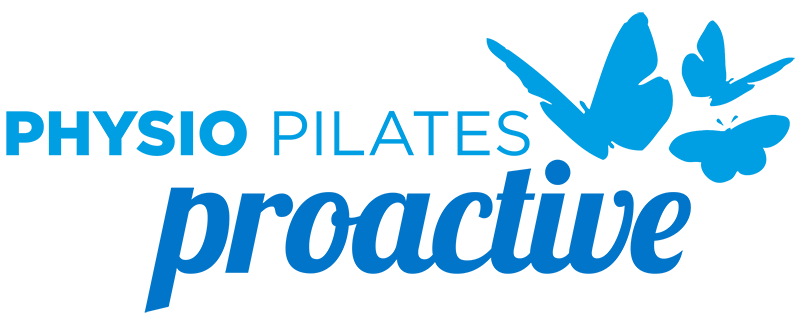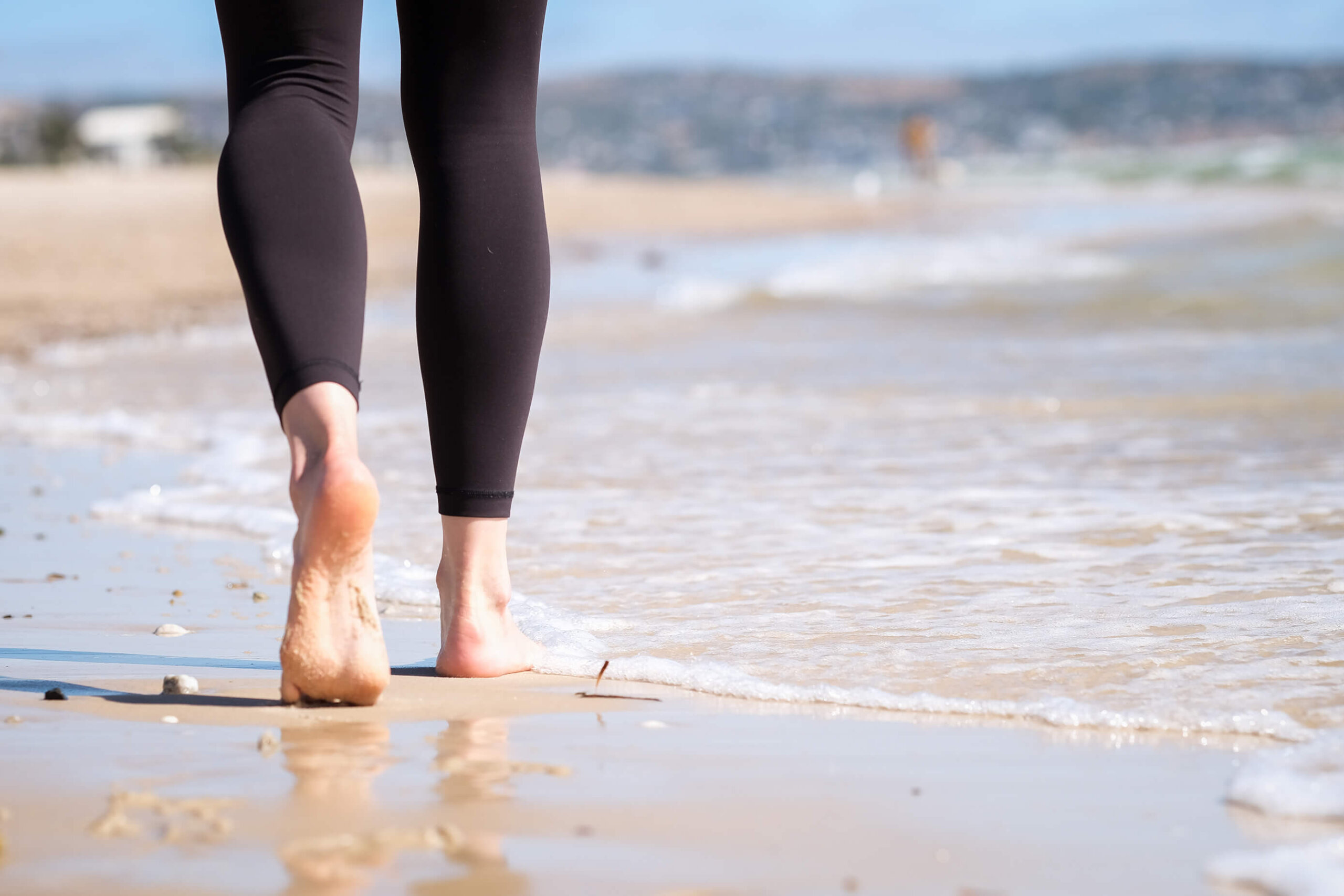Being able to walk comfortably is something that we can often take for granted. Plantar fasciitis can cause significant heel pain, that can really limit the ability to walk, run, hike, play sport, and do many of the activities that we love to do.
Plantar fasciitis causes heel and/or arch pain in the foot. It occurs when the plantar fascia which runs along the base of the foot becomes inflamed or irritated. This strong and fibrous ligament connects the base of the heel bone to the base of the toes and functions to support the arch of the foot and distributes forces through the foot as you walk or run.
People often report that their pain is worst first thing in the morning getting out of bed taking their first few steps, and eases after moving around for a while. It may feel very painful again if they start to walk after a period of sitting or standing in one spot for some time but will often feel less painful during exercise.
Certain foot biomechanics may predispose someone to be more at risk of developing plantar fasciitis. ‘Flat’ feet or high arches may be more likely to develop it but other factors in combination with foot biomechanics are usually involved. These factors include increased weight, tight or weak calves, and footwear. It can also be to do with an increased demand on the feet, like walking/running further or more frequently without building up to it and allowing the plantar fascia to adapt and remodel appropriately in line with the increased demand.
All factors need to be addressed to manage, resolve and prevent plantar fasciitis pain and we can help people identify what is contributing to their pain and how to address these with physiotherapy treatment and exercise.
At home, you can start with stretching your calves and massaging the soles of your feet with a ball or a frozen bottle of water. Ensure that you do not suddenly change the demands on your feet or make sure that any changes are gradually progressed. Wear supportive shoes if you are going to be on your feet for long periods, for example, don’t wear your ugg boots to do hours of house cleaning and get some Archies thongs or supportive sandals to kick around in in Summer!
If you experiencing heel pain holding you back, come in for some help and personalized advice on how to manage your heel pain, and get you back doing the things that you love!


One Comment on “Plantar fasciitis – a guide to rehab and recovery ”
Hi Rachel and PPP Team!
I enjoyed reading the article on Plantar Fasciitis, what it is, how to prevent it, and when to ‘lean into’ professional support.
Thanks so much!